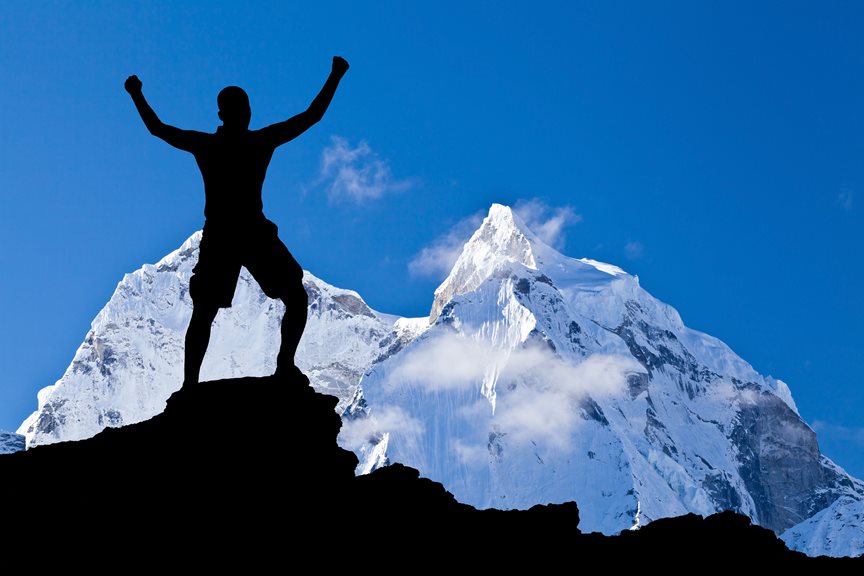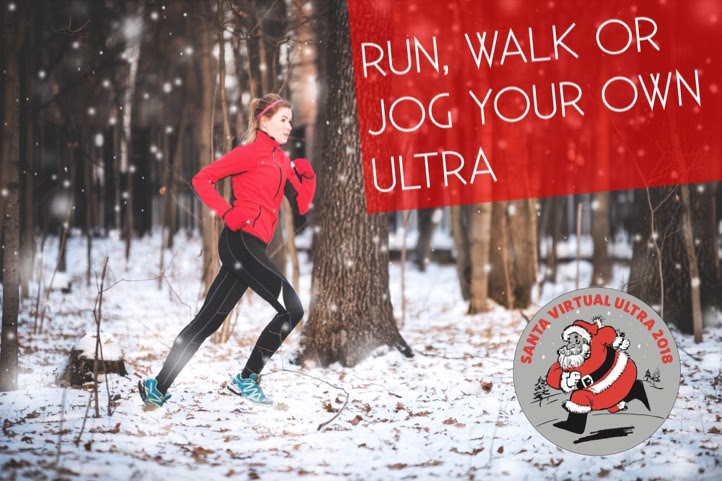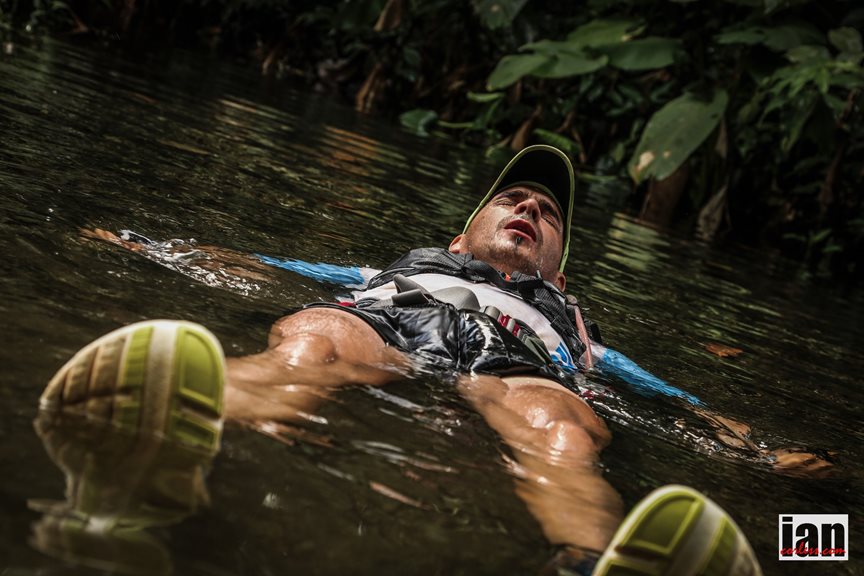Last updated: 15-Nov-18
By Elsa Trujillo
Read on for some interesting articles on heart rate training, magnesium deficiency and how negative splits can affect your running on race day. We also bring you an article on how to prevent getting lost when running the trails, another on the long run (and base training) and finally the latest update on the ongoing running v cycling battle. To top it all up Salomon’s latest video has some impressive images of fell running in Iceland.
Why heart rate always matters
Read about the energy selection ‘feed forward’ mechanism and the virtues of heart rate training in this article by ultra running coach, Joe Uhan.
Fell running in Iceland
In the last episode of the Salomon Running TV Series 5, Ricky Lightfoot and Tom Owens travel to Iceland to enjoy some fell running down the desolate Icelandic mountains. A truly beautiful landscape.
Why runners need magnesium
Magnesium is a crucial mineral to human health but it is not produced by the body. Our magnesium needs are met when we eat food such as cereals, nuts and greens, but deficiency is quite common. Runners need magnesium to combat fatigue, reduced power or cramps, among others. Read on to find out how magnesium deficiency might be affecting your runs.
Why negative splits are ideal on race day
A negative slip is when you run faster in the second half of your run. Discover why they are easier half way through your race, when your body is fully warmed up and at its most optimal. Read the article here.
10 things to do if you get lost when trail running
Running the trails can be exhilarating good fun but there are dangers too. You can meet unfriendly four legged friends or you can get lost, both during a race or during training. Read this article to make sure you know what to do if you unexpectedly find yourself off-trail. This article is no longer available.
Running may be better than cycling
There seems to be an ongoing scientific battle about which sport is better for you, running or cycling. Read this article to find out the latest as long-distance runners get ahead of cyclists in the bone health department, at least for the time being.
The long run and base training
Back by popular demand, we bring you one of our most popular articles. RunUltra’s frequent contributor Ian Corless, explains what the long run is and how it varies depending on what type of race you are training for. Read it here.






